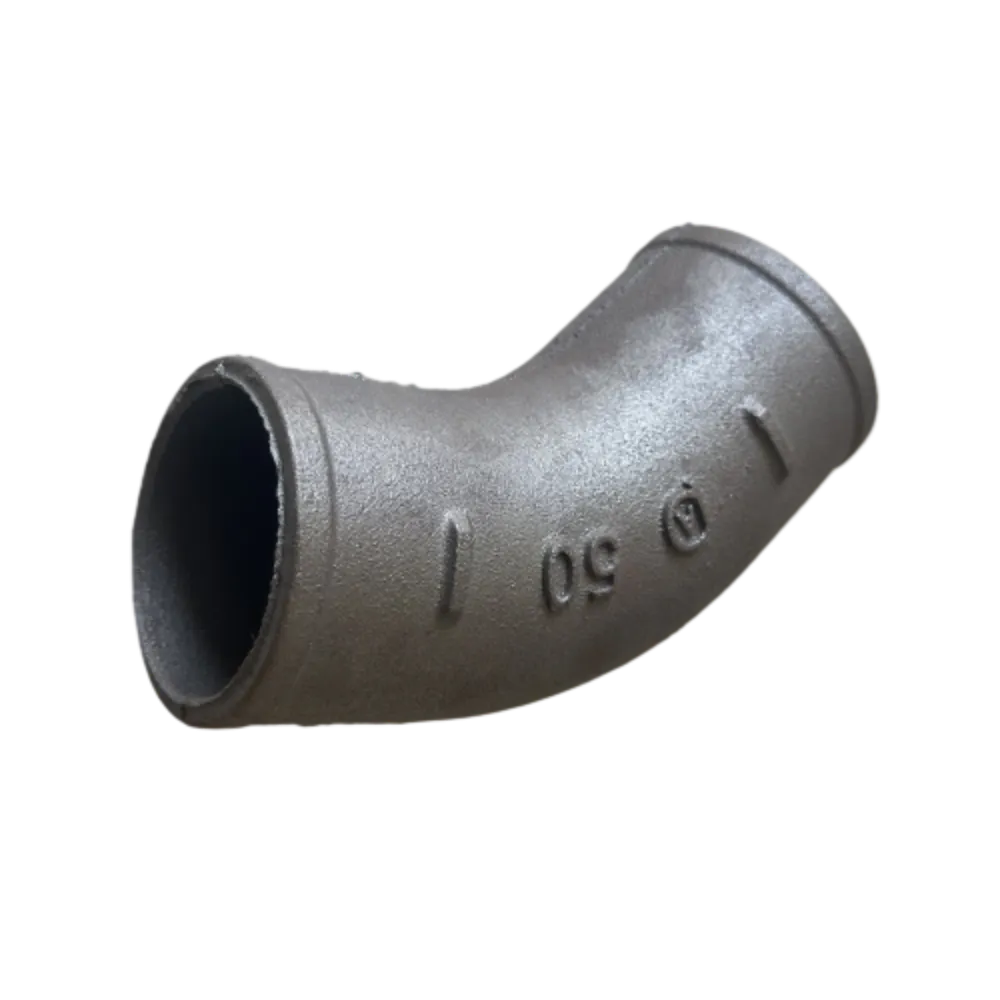Design Techniques and Considerations for Cast Iron Applications and Products
Understanding Cast Iron Design Principles and Applications
Cast iron is a versatile and durable material that has been used for centuries in various applications ranging from cookware to industrial machinery. Its unique properties make it an excellent choice for many design projects, especially in architectural and mechanical contexts. Understanding the principles of cast iron design can help engineers, architects, and designers harness its potential effectively.
Properties of Cast Iron
Cast iron is an alloy of iron that contains a high percentage of carbon, making it suitable for casting processes. One of its defining properties is its excellent fluidity when molten, allowing it to fill intricate molds and achieve complex shapes. Additionally, cast iron exhibits high compressive strength, exceptional wear resistance, and good machining characteristics, which are crucial for many engineering applications.
There are several types of cast iron, each with specific properties. Gray cast iron, characterized by its graphite flakes, provides excellent machinability and vibration damping. Ductile iron, with its spherical graphite structure, offers increased tensile strength and ductility, making it ideal for applications requiring resilience. White cast iron, while brittle, possesses high hardness and wear resistance and is typically used in applications like heavy machinery components.
Design Considerations
When designing with cast iron, several factors must be considered to optimize its performance
1. Wall Thickness Uniform wall thickness is critical in casting to prevent defects like warping or cracking. Designers should avoid thick sections, which can lead to uneven cooling and shrinkage. A minimum thickness of around 5-10 mm is often recommended, depending on the size of the casting.
cast iron design

2. Draft Angles Incorporating a draft angle in the mold allows for easier removal of the cast piece. A typical draft angle of 1-3 degrees is advisable, depending on the complexity of the geometry.
3. Ribbing and Reinforcement The addition of ribs or reinforcing features can significantly enhance the strength of cast iron components without adding excessive weight. Careful placement of these features can help manage stresses during operation.
4. Surface Finish The finish of the cast iron can affect its performance and aesthetic appeal. Techniques such as sandblasting or polishing can be employed, but it’s essential to balance aesthetics with functionality, especially in industrial applications where smooth surfaces can assist in wear resistance.
Applications of Cast Iron Design
The applications of cast iron design are vast and varied. In the architecture realm, cast iron columns and railings have been a staple since the 19th century, providing both structural support and aesthetic elegance to buildings. Cast iron’s ability to resist corrosion makes it suitable for outdoor applications, including park benches and decorative elements in urban environments.
In the industrial sector, cast iron is widely used in the manufacturing of machine bases, engine blocks, and pipes. Its durability ensures longevity and reduces the frequency of replacements. Furthermore, in the culinary world, cast iron cookware is prized for its heat retention and even cooking properties, making it a favorite among chefs and home cooks alike.
Conclusion
In conclusion, cast iron is a remarkable material with extensive applications in various fields. Understanding the principles of cast iron design, such as wall thickness, draft angles, and reinforcement strategies, is essential for maximizing its potential. Whether in architectural elements or industrial machinery, the proper design of cast iron products can lead to functional, durable, and aesthetically pleasing results. With its unique properties and design flexibility, cast iron will undoubtedly continue to play a crucial role in engineering and design for years to come. As advancements in casting technology emerge, the future of cast iron design looks promising, with opportunities for innovation that may redefine its applications in modern contexts.
-
Wrought Iron Components: Timeless Elegance and Structural StrengthNewsJul.28,2025
-
Window Hardware Essentials: Rollers, Handles, and Locking SolutionsNewsJul.28,2025
-
Small Agricultural Processing Machines: Corn Threshers, Cassava Chippers, Grain Peelers & Chaff CuttersNewsJul.28,2025
-
Sliding Rollers: Smooth, Silent, and Built to LastNewsJul.28,2025
-
Cast Iron Stoves: Timeless Heating with Modern EfficiencyNewsJul.28,2025
-
Cast Iron Pipe and Fitting: Durable, Fire-Resistant Solutions for Plumbing and DrainageNewsJul.28,2025
-
 Wrought Iron Components: Timeless Elegance and Structural StrengthJul-28-2025Wrought Iron Components: Timeless Elegance and Structural Strength
Wrought Iron Components: Timeless Elegance and Structural StrengthJul-28-2025Wrought Iron Components: Timeless Elegance and Structural Strength -
 Window Hardware Essentials: Rollers, Handles, and Locking SolutionsJul-28-2025Window Hardware Essentials: Rollers, Handles, and Locking Solutions
Window Hardware Essentials: Rollers, Handles, and Locking SolutionsJul-28-2025Window Hardware Essentials: Rollers, Handles, and Locking Solutions -
 Small Agricultural Processing Machines: Corn Threshers, Cassava Chippers, Grain Peelers & Chaff CuttersJul-28-2025Small Agricultural Processing Machines: Corn Threshers, Cassava Chippers, Grain Peelers & Chaff Cutters
Small Agricultural Processing Machines: Corn Threshers, Cassava Chippers, Grain Peelers & Chaff CuttersJul-28-2025Small Agricultural Processing Machines: Corn Threshers, Cassava Chippers, Grain Peelers & Chaff Cutters












